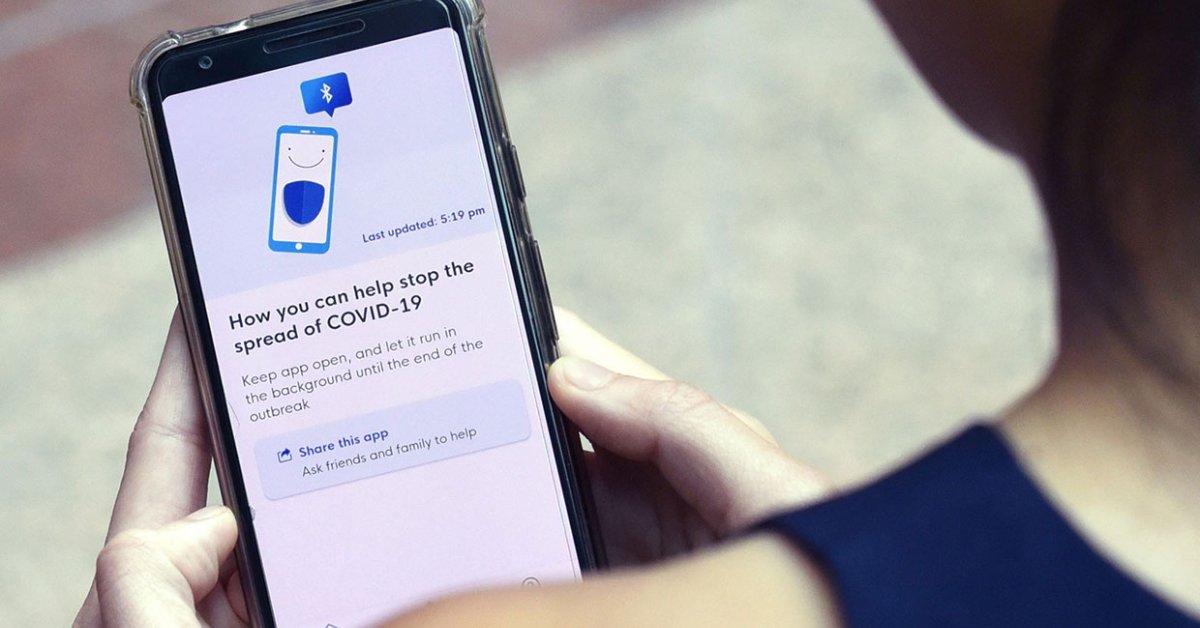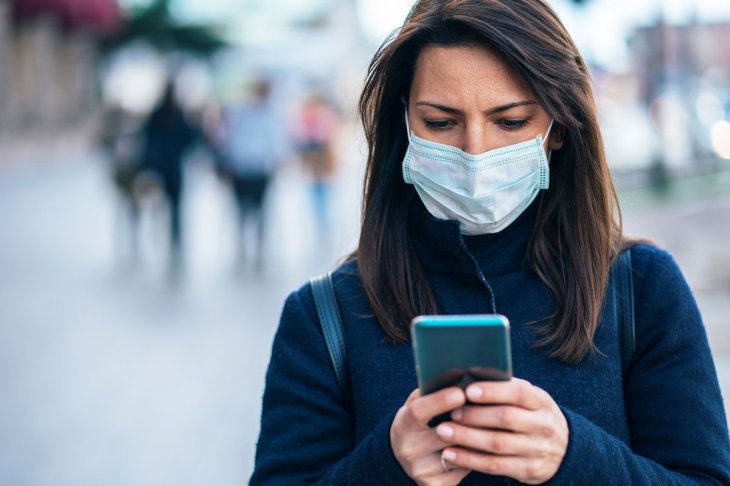Smartphones Can Detect The Next Pandemic, Here's How
Dhir Acharya - Dec 28, 2020

According to a new study, a smartphone camera can be used to identify life-threatening virus strains in under an hour by using a deep learning algorithm.
- How to get a Bangladesh virtual phone number?
- Looking For The Best Non Chinese Smartphone? Check Out This List
- This Dragonfly Plane Eliminates The Disadvantage Of Current Aircraft
Smartphones have played a crucial role in the COVID-19 pandemic. They have proven useful in various cases, such as receiving rapid test results, checking public-health guidelines, and tracking infection rates.
But little did you, smartphones can do a lot more in the future to protect your health. According to a new study, a smartphone camera can be used to identify life-threatening virus strains in under an hour by using a deep learning algorithm. The tool can help communities with the rapid spread but underfunded healthcare to track the pandemic’s course. In the future, it could even help the world detect future pandemics by starting and enabling at-home testing.

The study’s author Hadi Shafiee from Havard Medical School said:
“Such technology can be rapidly augmented for the detection of new target pathogens and help flatten the curve of the number of infections by enabling rapid, sensitive, low-cost virus detection at the point of care.”
Smartphones are now everywhere. Last year, there were about 5.18 billion mobile phone users. This number is expected to cross 5.7 billion by 2025 as smartphones are gradually becoming even more common than computers. This is why smartphones are perfect to be used as a medical tool.
Medical researchers have developed software and attachments to turn mobile phones into medical devices to detect infectious diseases, cancers, and mental health conditions. The new thing here is that their system doesn’t require additional equipment to identify viruses with high accuracy and 99% sensitivity. The authors write:
“Unlike all other previous work in mobile health technologies for protein/virus detection, our system is simple in sample processing, sensitive, and adaptable to different smartphone models. [And it] does not need any hardware optical smartphone attachment.”

The sleek design means the device will be more portable, simpler, and more affordable than conventional lab equipment. It can also be easily updated to newer software.
“Such smartphone-based technologies have the potential to improve rapid, sensitive target pathogen detection without the need for complex systems usually required in molecular-based diagnostics including nucleic acid extraction and amplification, thermal cycling, and in some cases fluorescent read out.”
The system can detect three types of viruses, including Hepatitis B, Hepatitis C, and Zika.
The system uses three elements: a smartphone camera, a deep-learning network, and a catalytic microchip.
Researchers isolated and placed 134 viral samples on microchips that are equipped with catalytic platinum nanoprobes that create a unique pattern of bubbles for each virus when exposed to hydrogen peroxide. Besides, the deep-learning algorithm is trained to recognize these patterns, which will snap a shot of the bubbling microchip and analyze it to identify the virus. The entire process takes about 50 minutes to complete, according to the report.
The system is found to be nearly 99% sensitive. The authors believe the system can be modified to detect other pathogens. It may also become a clinical detection device for use in communities that have limited access to healthcare equipment like rural India.
>>> Delhi Police Can Hack Your Smartphone To Extract Data Even If It's Locked
Featured Stories

Features - Jul 01, 2025
What Are The Fastest Passenger Vehicles Ever Created?

Features - Jun 25, 2025
Japan Hydrogen Breakthrough: Scientists Crack the Clean Energy Code with...

ICT News - Jun 25, 2025
AI Intimidation Tactics: CEOs Turn Flawed Technology Into Employee Fear Machine

Review - Jun 25, 2025
Windows 11 Problems: Is Microsoft's "Best" OS Actually Getting Worse?

Features - Jun 22, 2025
Telegram Founder Pavel Durov Plans to Split $14 Billion Fortune Among 106 Children

ICT News - Jun 22, 2025
Neuralink Telepathy Chip Enables Quadriplegic Rob Greiner to Control Games with...

Features - Jun 21, 2025
This Over $100 Bottle Has Nothing But Fresh Air Inside

Features - Jun 18, 2025
Best Mobile VPN Apps for Gaming 2025: Complete Guide

Features - Jun 18, 2025
A Math Formula Tells Us How Long Everything Will Live

Features - Jun 16, 2025
Comments
Sort by Newest | Popular